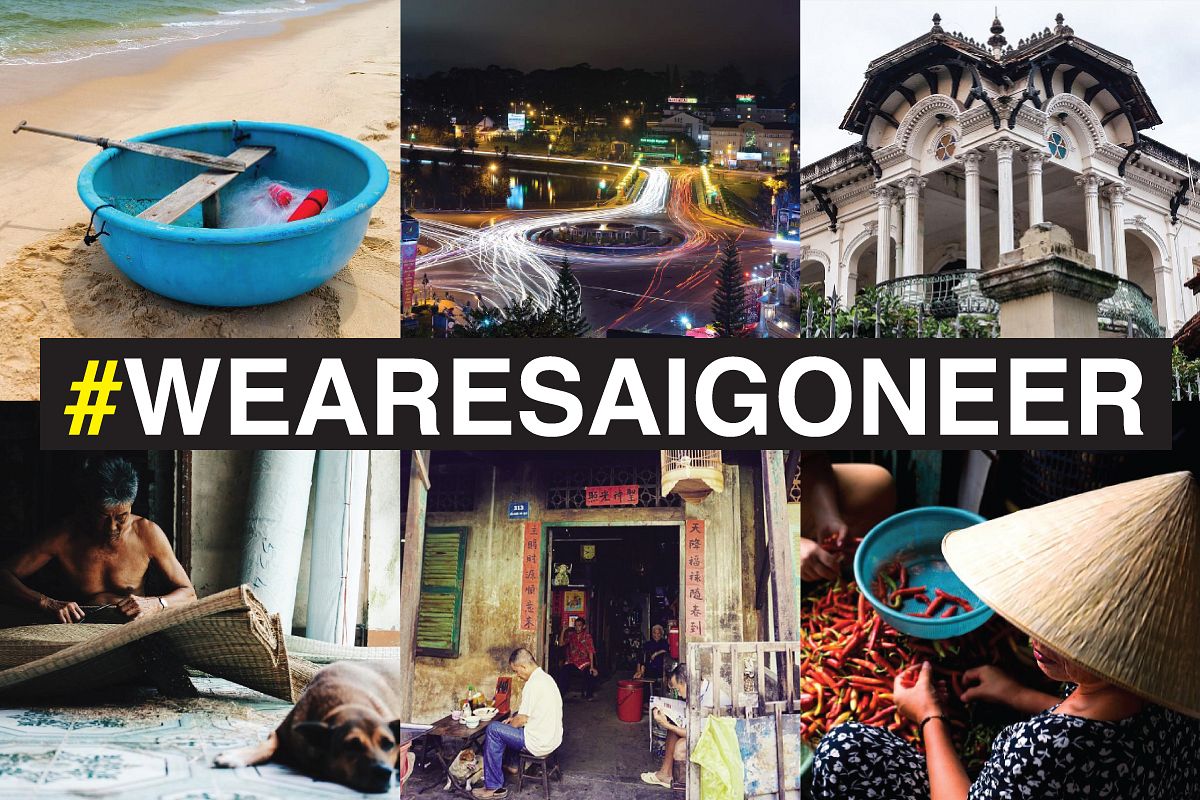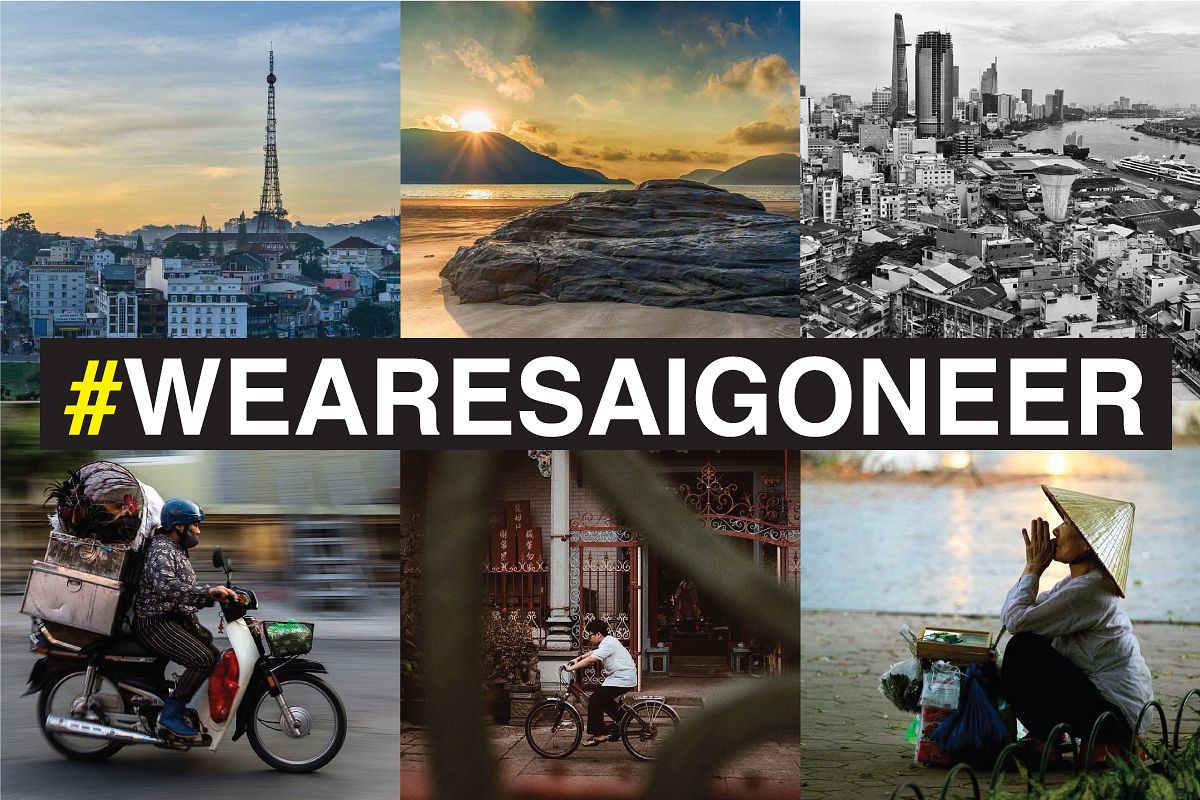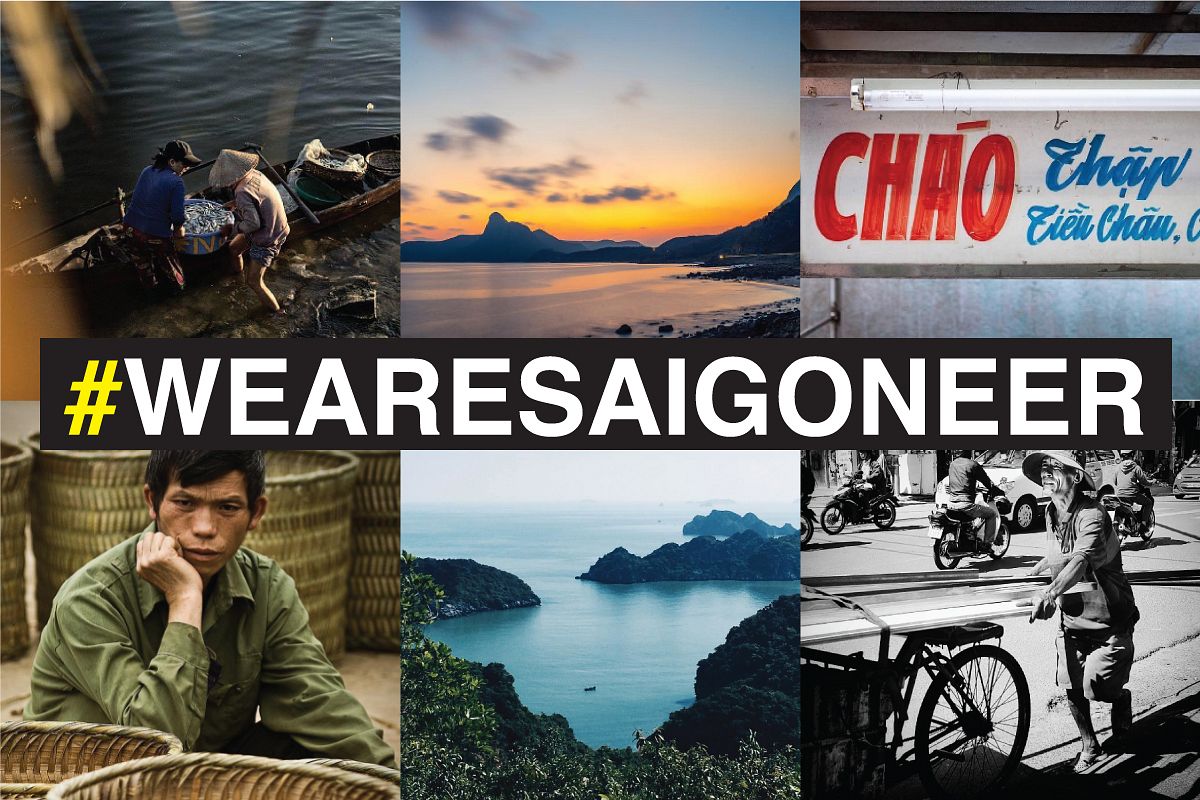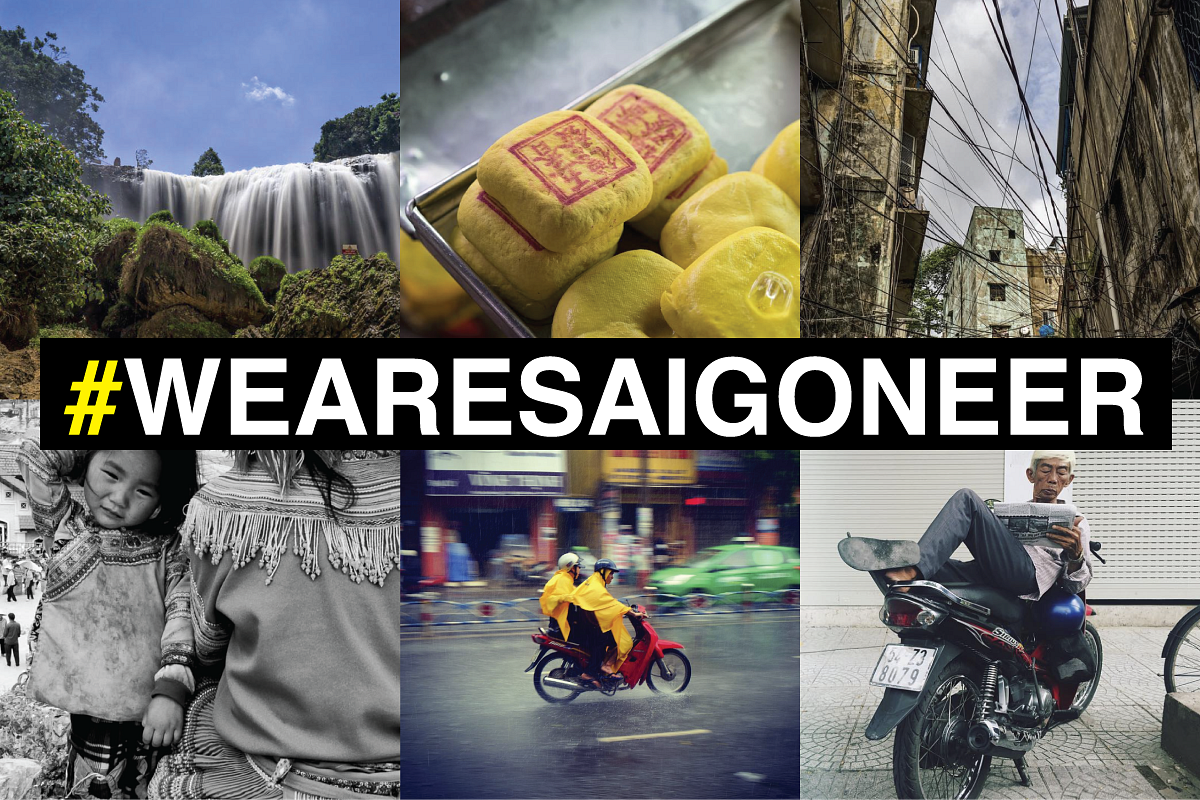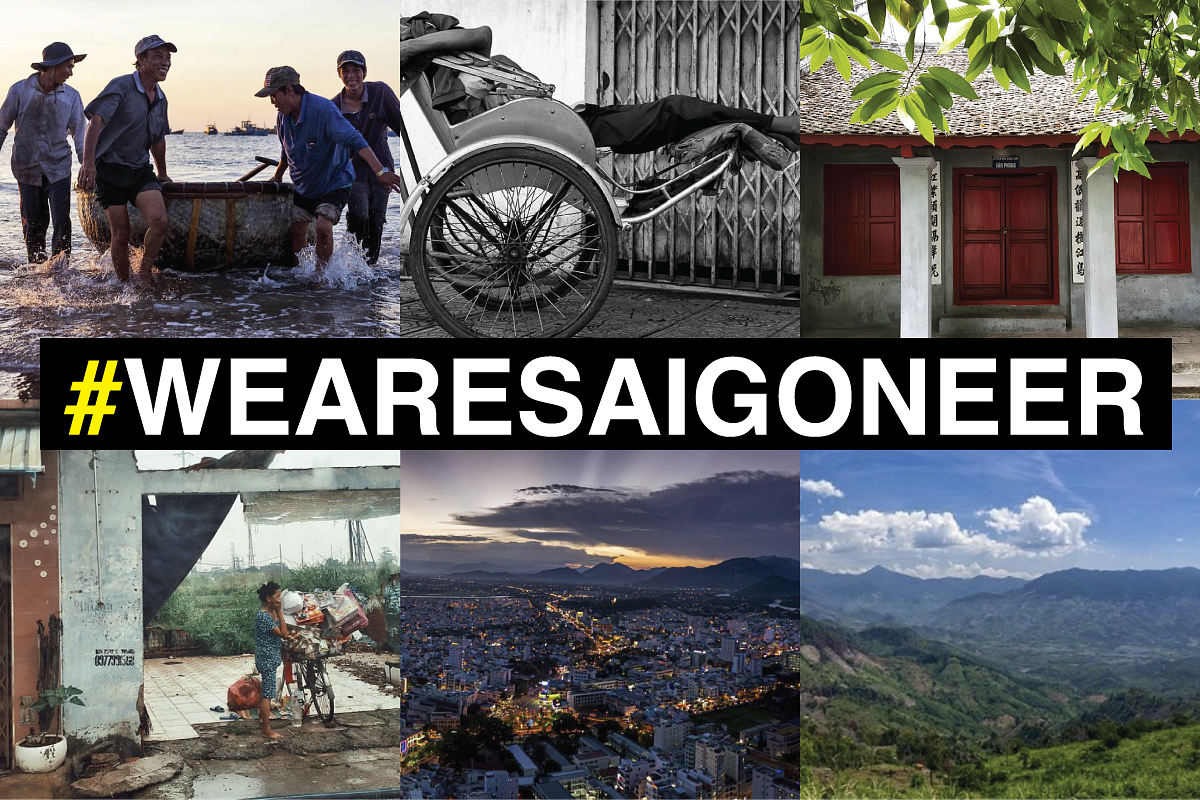Art is not the first thing on people’s minds when they come to Saigon, and yet the independently organized Sophie’s Art Tour has managed to become one of the southern hub's top attractions.
The brainchild of British-born, Saigon-based Sophie Hughes, the weekly art tour – which has been featured in The Independent, CNN, The Guardian and many more – takes a small group of people through the history of Vietnam, from the French colonial era to the Indochina Wars, through the rise of Communism to contemporary economic turnover, by exploring the lives of Vietnam's artists and their creations.
As I arrive at Dia Projects, Hughes is sitting next to some 20,000 handmade paper balls scattered on the floor. The duo exhibition Hat | Tim by Le Hien Minh and Cam Xanh, which was at the time included in her tour, is underway at the downtown gallery. She gleefully asks me if I have seen the show yet; I had not. Naturally, Hughes starts to guide me through the two large-scale installations: the first a traditional Vietnamese altar, on top of which a large jar is filled with the same paper balls scattered in front of it on the floor, the second a giant Plexiglas Christian cross with engraved poetry, and on the floor, a tombstone of the same material on top of sheepskin.
As she introduces the exhibition, Hughes' enthusiasm is what separates her from every other tour in town: art is not her job; it is her passion.
Like many things that come from a personal place and not a business perspective, it started almost unintentionally.
“I didn’t come to Vietnam to start a tour,” Hughes tells Saigoneer. “While working at [Galerie Quynh], I started to meet [an] intellectual, creative family. Here, being an artist is not a top profession in the family’s eye. Before the war, probably they were wealthy but that changed.”
The inception of the tour came in the form of an innocuous challenge that one of her friends, a career coach back in England, proposed to her: to spend one hour everyday learning about Vietnamese history.
“It is very hard for foreigners to get an understanding of the overall historical and cultural picture [in Vietnam],” she explains. “I took a huge pin board and started to pin pictures with arrows and red strings to highlight the causes and effects. There is so much information about Vietnamese history, but we [Hughes and her business partner, Stuart Palmer] extract the stories. Art became a kind of key, a map throughout Vietnamese history.”
While there are many books and articles on Vietnamese art, few are easily available for consumption. Saigon is so eager to transform itself into a financial hub filled with high-rise buildings that there does not seem to be any space left for art. A widespread discussion about the contemporary cultural scene is lacking within society and the media, which makes it very hard for foreigners and even Vietnamese to get an overall understanding of Vietnamese cultural identity and background, in art and beyond.
The saying “art should speak for itself” is often misconstrued: knowing what comes before or after an artistic movement or a piece of artwork as well as the rich symbolism of the culture in which those movements have flourished is essential to truly appreciating art, a mammoth undertaking for anyone that is not familiar with or was not born in Vietnam.
“I was photocopying things; my desk was covered with paper and books,” says Hughes. “You find yourself completely swamped and then, all of a sudden, you start figuring out the timeline. You enjoy life more because you start realizing and recognizing little things around you. You can look at something, but it is much more rewarding when you can truly seeit.”
A typical tour begins by paying a visit to the more traditional art at District 1's Fine Art Museum before continuing on to San Art, the pioneering nonprofit contemporary art organization, and finishing with a contemporary exhibition, which changes depending on what is available at that time. The contemporary section of Hughes' tour often includes Galerie Quynh or Dia Projects, but it can also take visitors to off-the-beaten track places such as artists’ studios or artisans’ shops.
Today, the tours run both in Saigon and Hanoi, though each is unique in its own right.
“The exciting part was starting to build a team,” says Hughes. “The guys in Hanoi – Bill Nguyen is an artist, a curator and the founder of Manzi, and Fabiola Buchele is one of the founders of Renovation Generationand the website …And of Other Things – actually contacted me about starting a tour. I thought I could reuse most of the things I had learned for the one in Saigon but I was wrong. The three of us spent from April to October last year researching and interviewing artists.”
Contemporary art may have been born in western countries but it has now crossed borders. Moving forward, Hughes hopes to take her message even further, educating people abroad about Vietnamese art history.
“The art world is still very much concentrated in the North part of the hemisphere,” she explains. “I’d really like to make [the story of Vietnamese contemporary art] available. There’s a need to educate people, and art history is a wonderful way to tell a story.”
For this, Hughes is also working on creating a graphic novel about Vietnamese history told through its own visual culture.
“I will weave together photos, postcards, album covers, beer bottle labels, adverts, fine art paintings, combat sketches and extracts from books and personal stories from Vietnamese people,” she says. “I will also work with contemporary artists to illustrate stories and parts of history, choosing their distinctive styles to tell the stories. I have an ambition to extend this to other countries where the art history has been often been covered or unrecognized.”


